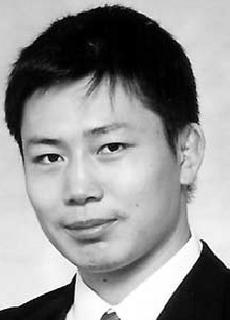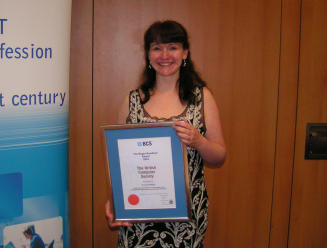Neuronal Computation in Somatosensory Cortex
What are the principles that underlie sensory information processing in the mammalian brain? As a model preparation for approaching this issue, I have studied how rats use their vibrissae to sense their environment. The vibrissae circuits of the rodent brain have a relatively simple, modular structure that make it a very useful system for studying neural computing.
Although the way that neurons respond to simple vibrissa stimuli (deflections of individual vibrissae repeated ca. once per second) is well understood, these stimuli are artificial.
In natural rat behaviour, vibrissae vibrate in a much more complex way. An important open question is therefore how complex, naturalistic stimuli are encoded, and what computations neurons perform on them. To address this, I used a systems identification approach. I used a computer-controlled piezoelectric actuator to move the vibrissae of an anaesthetised rat in the vertical plane. I recorded the spikes that individual neurons from primary somatosensory cortex (S1) fired in response with a microelectrode. The standard technique (spike-triggered averaging, STA) used to identify a neuron’s stimulus-response relationship is to apply a white noise stimulus (here, vibrissa position, band-limited 0-150Hz), record the consequent spike times and cross-correlate the spike train with the stimulus. Provided that the neuronal firing rate can be modelled as convolution of the stimulus with a given filter, the cross-correlation function estimates that filter.
However, when I applied this approach to neurons in S1, STA did not yield a good model of the neuronal response. I therefore applied a new, mathematically more powerful technique (spike-triggered covariance, STC). Unlike STA, STC does not assume a linear stimulus-response relationship. In STC, neuronal firing rate is modelled as convolution of the stimulus with a set of orthogonal filters, the results of which are combined via a non-linear function. Both filters and non-linearity can be estimated from white noise data. I found that S1 neurons could be well-described by multiple filters of two types. (1) Neurons were excited by vibrissa velocity/acceleration on a time-scale of ~30 ms. (2) An unexpected result was that neurons were also inhibited by vibrissa dynamics on a longer (~150 ms) time-scale. Spike production thus reflects an interplay between short-time scale stimulus dynamics and longer time-scale “context”. The significance of this study is that it quantifies, for the first time, the computation that S1 neurons perform on a complex, naturalistic tactile stimulus. An aim for future research is to use modelling to probe how the computation is implemented by neural circuits.




